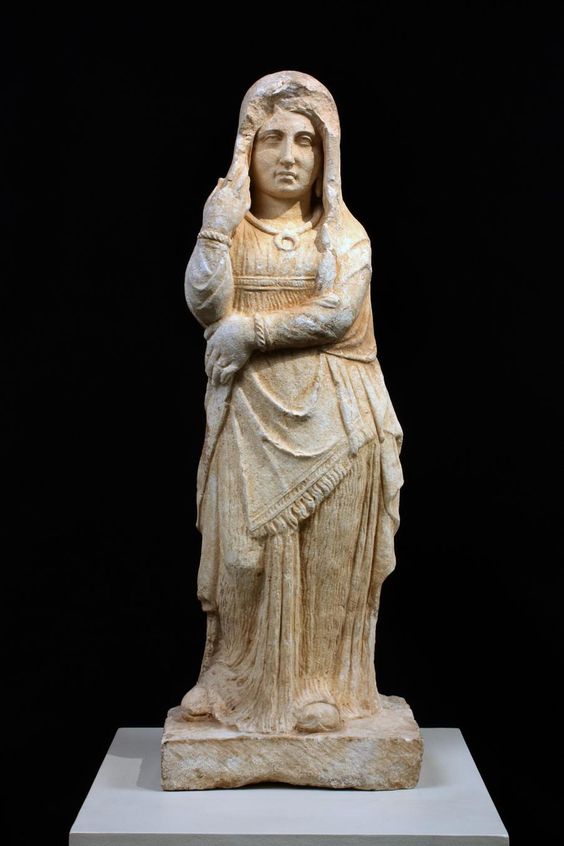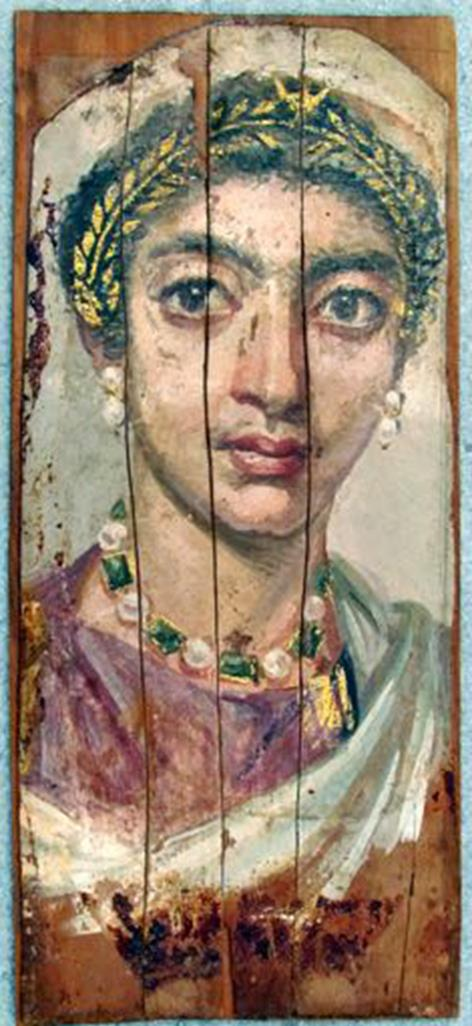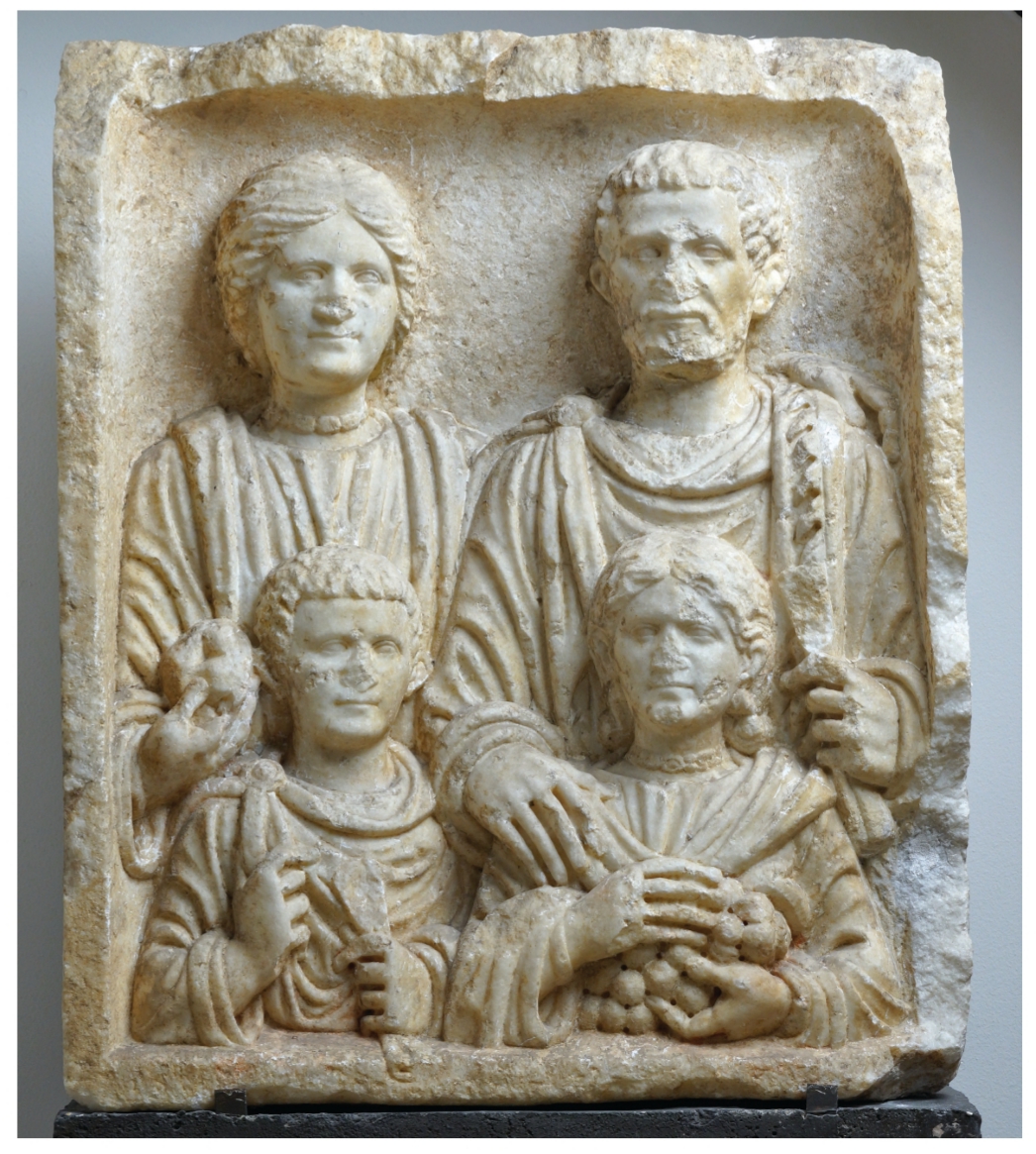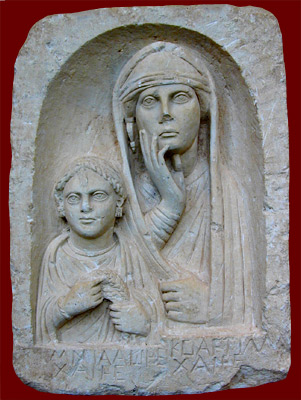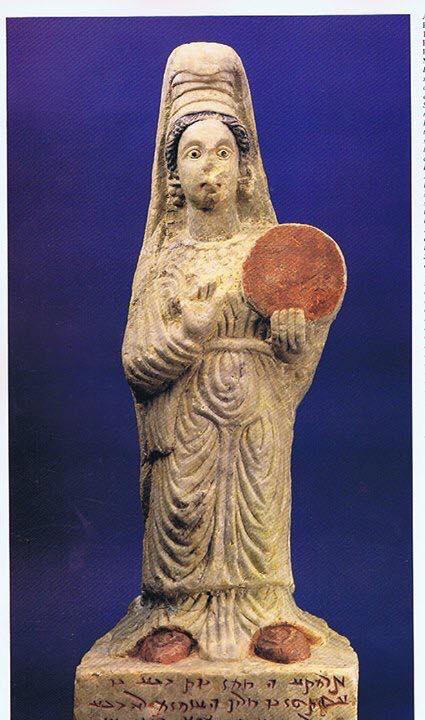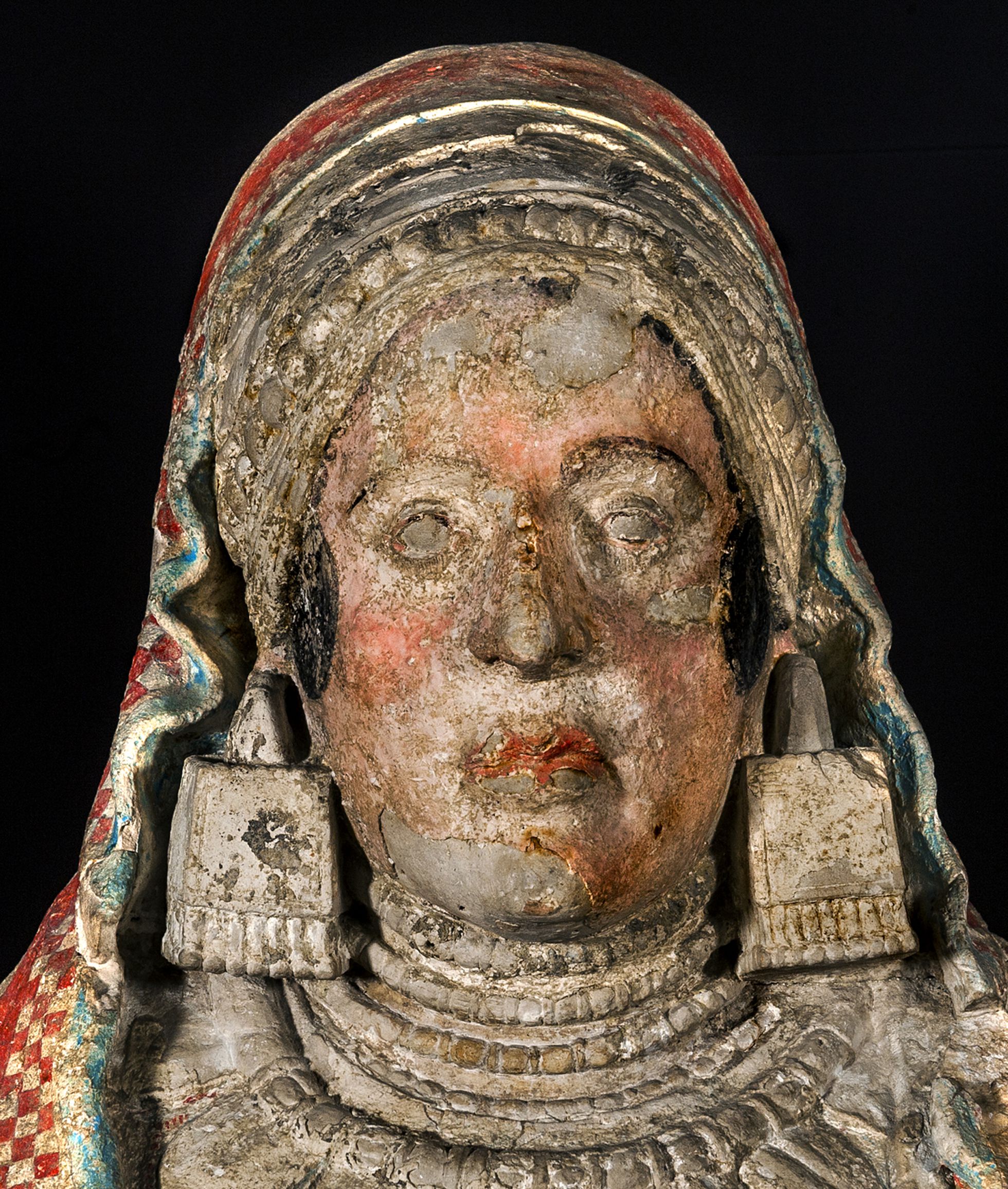
Real pigments on the Lady of Baza after using photographic filters to eliminate spots of brightness. PEDRO SAURA
The report notes that “the workshop where she was created and painted wanted to faithfully reproduce the [real woman’s] physical looks and dress by coloring the face and hands in nuanced skin tones and painting the cloak and tunic in the colors that were really worn. ”The original artist also devoted plenty of time to the chair or throne that the figure sits in, “where there is a play of light and dark colors presumably matching the way that the piece of furniture was painted or the slats of wood combined.”

Pigments used on the Lady of Baza became visible after eliminating specular light. PEDRO SAURA
Source: an article “In southern Spain, an iconic sculpture’s true colors shine through 2,400 years later“
Thanks to >> https://twitter.com/mv_arte/status/1414994594878693380?s=19


